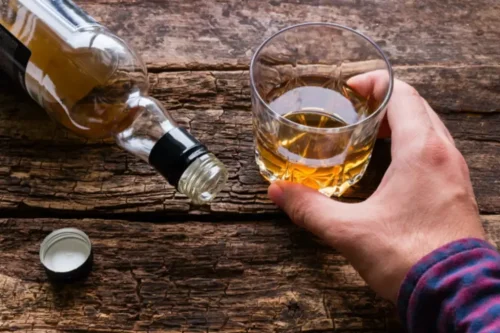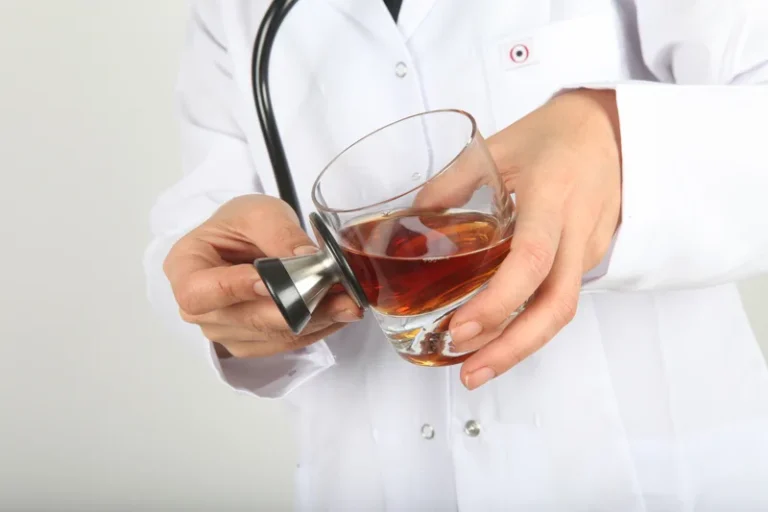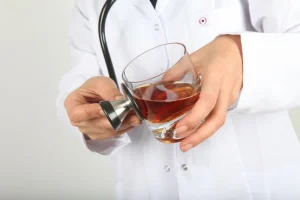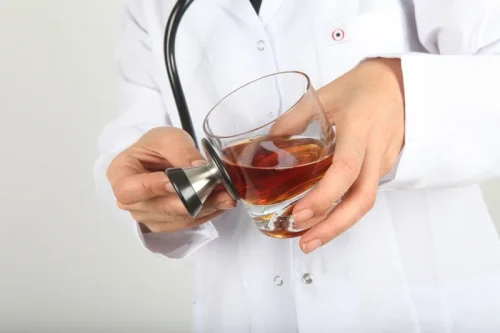
A systematic review found that only 13.4% of participants had received prevention education regarding smartphone addiction, indicating a gap in awareness and education efforts, according to Cha, S. Et al. 2018) study titled “Smartphone Use and Smartphone Addiction in Middle School Students in Korea” published in the Journal of Health Psychology Open. A study focusing on students undergoing group psychotherapy found that 19% rated the therapy as https://ecosoberhouse.com/article/choosing-sobriety-gifts-10-great-ideas-to-consider/ “very effective” (a perfect score of 10). In contrast, 31 students rated it as a 9, indicating a positive impact on reducing negative thoughts, according to Mahesh, S. Et al.’s 2024 research titled, “Factors Affecting Psychological Well-Being, Depression, Anxiety, and Stress Among Dental Students in Delhi and the National Capital Region” published in the Cureus Journal.
Navigating the Labyrinth: Understanding the Cycle of Addiction
- When it comes to addiction, compulsion isn’t just a side effect; it’s a driving force.
- This shift often leads to heightened stress in children as they try to cope with the chaos of addiction within the home.
- Explore Shane Walker of WBOC & Russ Francome’s profound impact on addressing substance abuse in foster care.
A study involving college students found that 48.14% reported moderate to severe depression, with correlations between smartphone addiction and mental health issues, according to Sarhan, A. L. 2024 research titled, “The Relationship of Smartphone Addiction with Depression, Anxiety, and Stress Among Medical Students” published in the Journal of SAGE Open Medicine. Family plays a vital role in the recovery of individuals dealing with substance use disorders (SUDs). When families actively engage in the recovery process, they greatly enhance the likelihood of successful long-term sobriety.
Understanding the Different Levels of Care at Samba Recovery
They analyze patterns in screen time and suggest improvements, helping users set and achieve personal goals related to their digital habits. Wearable devices’ roles in managing screen time include monitoring usage, providing feedback, and encouraging healthier habits. Smartwatches and health trackers, such as the Fitbit and Apple Watch, track users’ daily activity levels and send reminders to take breaks from screens, thereby reducing prolonged use. Explore how addiction is a family disease, affecting dynamics, finances, and recovery for everyone involved. Explore drug detox to get free from addiction through holistic approaches and effective rehabilitation strategies. Discover powerful strategies to stop porn addiction, heal relationships, and build healthier habits.

Coping Strategies to Shield Families from the Ravages of Addiction

According to the Centers for Disease Control and Prevention (CDC), over 80,000 opioid-related overdose deaths occurred in the U.S. in 2021, highlighting the critical dangers of dependence and risky use. The crisis stage compounds these risks with acute health and mental health complications, requiring immediate intervention. According to the Substance Abuse and Mental Health Services Administration (SAMHSA), approximately 10-15% of healthcare professionals in the U.S. struggle with substance use disorders, a prevalence rate higher than the general population.
- What connects both examples from the US and UK is the attitude and perception of drug use many of us have.
- When drug treatment programs don’t seem to help your daughter, discover alternative strategies for support.
- This cycle of addiction continues unrestrained, until some type of intervention occurs (self-intervention, legal, family, etc.).
Finding Treatment for Addiction

Studies suggest that family involvement, such as participating in support groups like Al-Anon, can improve treatment retention rates by about 40%. Their experiences during formative years can lead to conduct disorders and other mental health challenges, significantly impairing their ability to socialize and establish a secure attachment with peers and partners. As they transition into adulthood, these children frequently carry unresolved trauma, impacting their emotional regulation and overall well-being. The legacy of parental addiction highlights the urgent need for comprehensive family-based treatment approaches, ensuring that both parents and children receive Sober living home support through recovery.
- It’s crucial to understand that breaking the addiction cycle often involves more than just willpower; it requires a combination of relapse prevention strategies, behavioural modifications, and the support of a strong network.
- These changes can provoke feelings of fear, anger, and helplessness in family members who witness their loved one’s decline.
- But remember, this is the point where treatment can have the most profound impact.
- The Centers for Disease Control and Prevention (CDC) reported that there were over 70,000 drug overdose deaths in 2019, highlighting the severe consequences of escalating drug use (CDC, 2020).
Mental Health Challenges
Even in the recovery stage, ongoing maintenance treatment is essential to manage cravings, prevent relapse, and address any co-occurring mental health conditions. Although the symptoms of relapse are similar to the symptoms of active drug addiction, these two stages of addiction are completely different. These symptoms of active drug addiction vary from person to person and depend on the specific drug(s) being used. This means that not everyone addicted to drugs will experience all these symptoms. Additionally, the severity of addiction can range from mild to severe, with some people experiencing similar consequences but with more profound effects and strain on the quality of life.
- As so often happens with changes in the availability of illicit drugs, when there is a shortage, these groups prove adaptable and nimble at providing alternatives quickly.
- These medicines can reduce your drug cravings and can help you avoid relapse.
- For example, an adolescent may impulsively take a first drink, smoke a cigarette, begin experimenting with marijuana, or succumb to peer pressure to try a party drug.
- It is impossible to separate both the physical and mental aspects of the development of any substance use disorder, and stage models typically combine both physical and psychological developments within the stage.
- There’s a community of people out there, just like you, trying their best to break free from the cycle of addiction.
They remind individuals that they are not alone in their fight against addiction. Support systems also help in managing the consequences of addiction, offering guidance and assistance when needed. The more frequently a person uses substances or participates in an activity, the more likely they are to develop an addiction.

Because I wasn’t in a place of deep pain, I could rationally choose the healthier option. cycle of addiction Addiction often results in losing the ability to control substance use, making it hard to stop even if one wants to. This is when a person becomes dependent upon the substance, and satisfying their craving becomes their existence. With a wealth of knowledge and services to help you regain control of your life, request a call-back from one of our professionals today. Dealing with it can feel impossible, but with professional help, you can be better equipped to conquer your addiction.